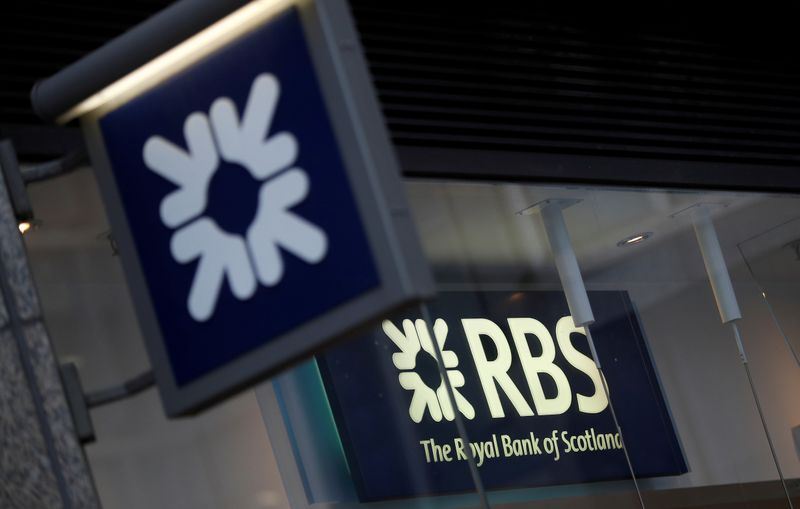This post was originally published on this site
https://i-invdn-com.akamaized.net/trkd-images/LYNXMPEFBG0KR_L.jpg
LONDON (Reuters) – Shares in Lloyds Banking Group (L:) and Royal Bank of Scotland (L:) tumbled in early trading on Tuesday after failing to impress in the 2019 stress testing of Britain’s biggest banks.
Both banks passed the Bank of England’s annual assessment of balance sheet strength but plans to double a 100 basis point capital buffer designed to protect lenders in depressed economic conditions could put both bank’s 2020 share buyback plans in jeopardy, analysts said.
“Given we have not seen an acceleration in credit growth, we conclude this is being put in place to be, for lack of a better word, a “Brexit buffer” as the Bank of England has now determined that a 2% buffer is more appropriate in a “standardized risk environment,” Jefferies analyst Joseph Dickerson said.
Lloyds shares were trading 4.8% down at 0841 GMT while RBS shares dropped by 3.8%, erasing some of the gains booked since the business-friendly Conservative Party recorded its best election result in decades on Friday.
The increase in the countercyclical buffer is seen likely to lead to a reduction in core tier 1 capital requirements by a similar amount, allowing major British lenders to absorb up to 23 billion pounds of losses in a downturn without restricting lending.
But near-term goals to deliver more than a billion pounds of shareholder rewards via a buyback bonanza must now be considered “best case”, according to analysts at KBW.
Shares in Barclays (L:) were also trading down 3% at 0841 GMT. Like Lloyds, the Bank of England said Barclays would need to convert some of their AT1 capital into equity during a stress scenario, if new accounting rules that fully take effect in 2023 were applied.
Fusion Media or anyone involved with Fusion Media will not accept any liability for loss or damage as a result of reliance on the information including data, quotes, charts and buy/sell signals contained within this website. Please be fully informed regarding the risks and costs associated with trading the financial markets, it is one of the riskiest investment forms possible.

